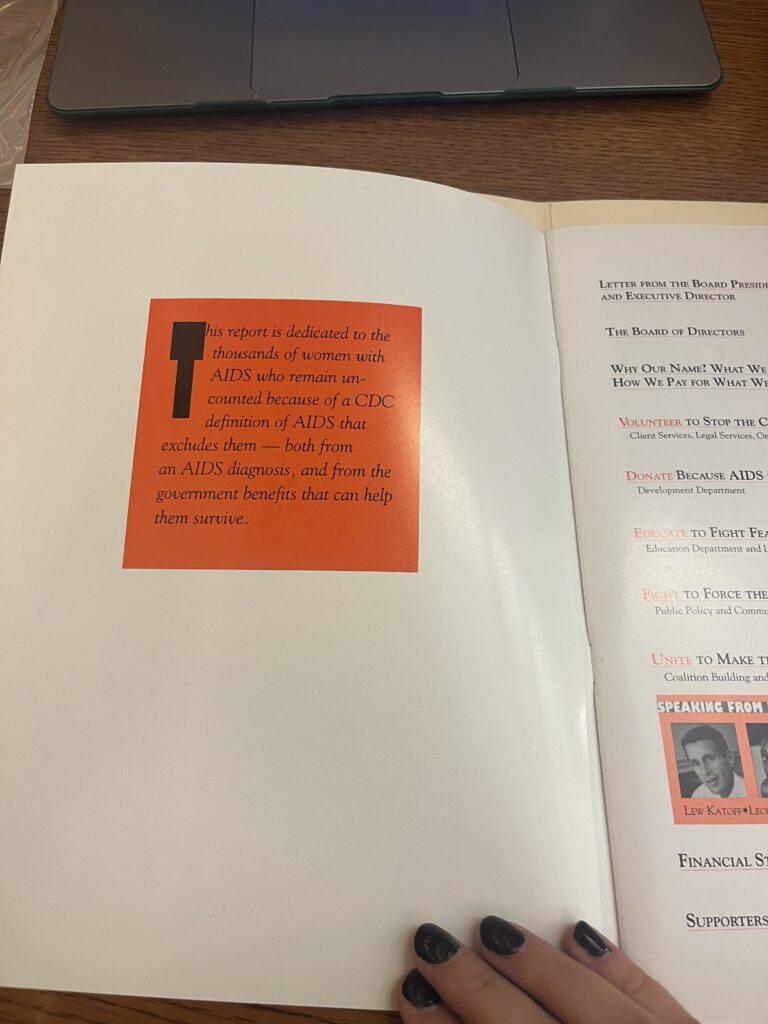As summer is winding down and deadlines are approaching, I’ve been reflecting on my research experiences this summer- both with my Gallatin project and at the NYC Department of Health and Mental Hygiene. I didn’t expect my Health Department internship to tie in so seamlessly with my DASR project, but I’ve been very grateful to learn about current work in the field as I take a historical angle.
Last week at the Health Department, I got to sit down with Alexis Rivera, a public health researcher and director of the CDC’s National HIV Behavioral Surveillance (NHBS) New York City chapter. I got to ask Alexis about how she and her research team prioritize disseminating HIV stigma and use socioeconomic data within their study. Her insights were very informative, as she talked about how her team tailors their data collection approach to each target population: men who have sex with men (MSM), people who inject drugs (PWID), and heterosexually active people (HET).

Where my DASR project focuses on how HIV and AIDS affected different populations in different ways, I am narrowing in on the specific shifts in societal perception and activist approaches that occurred in the 1980s and 90s when women of any sexual orientation began contracting HIV at higher rates. NHBS is a modern example of researchers acknowledging how HIV affects each mentioned population differently. Instead of generalizing all people living with HIV into one stigmatized category, NHBS recognizes these differences and acts accordingly. I think this approach builds off a long legacy of AIDS activists raising awareness for how HIV affects various populations differently and breaking down stigma around HIV so that the science community can recognize these differences.

I’ll be excited to include more insights from my conversation with Alexis and my experience at the Health Department in my final paper! Until then, I’ll be writing and enjoying the last bits of summer before fall semester starts.